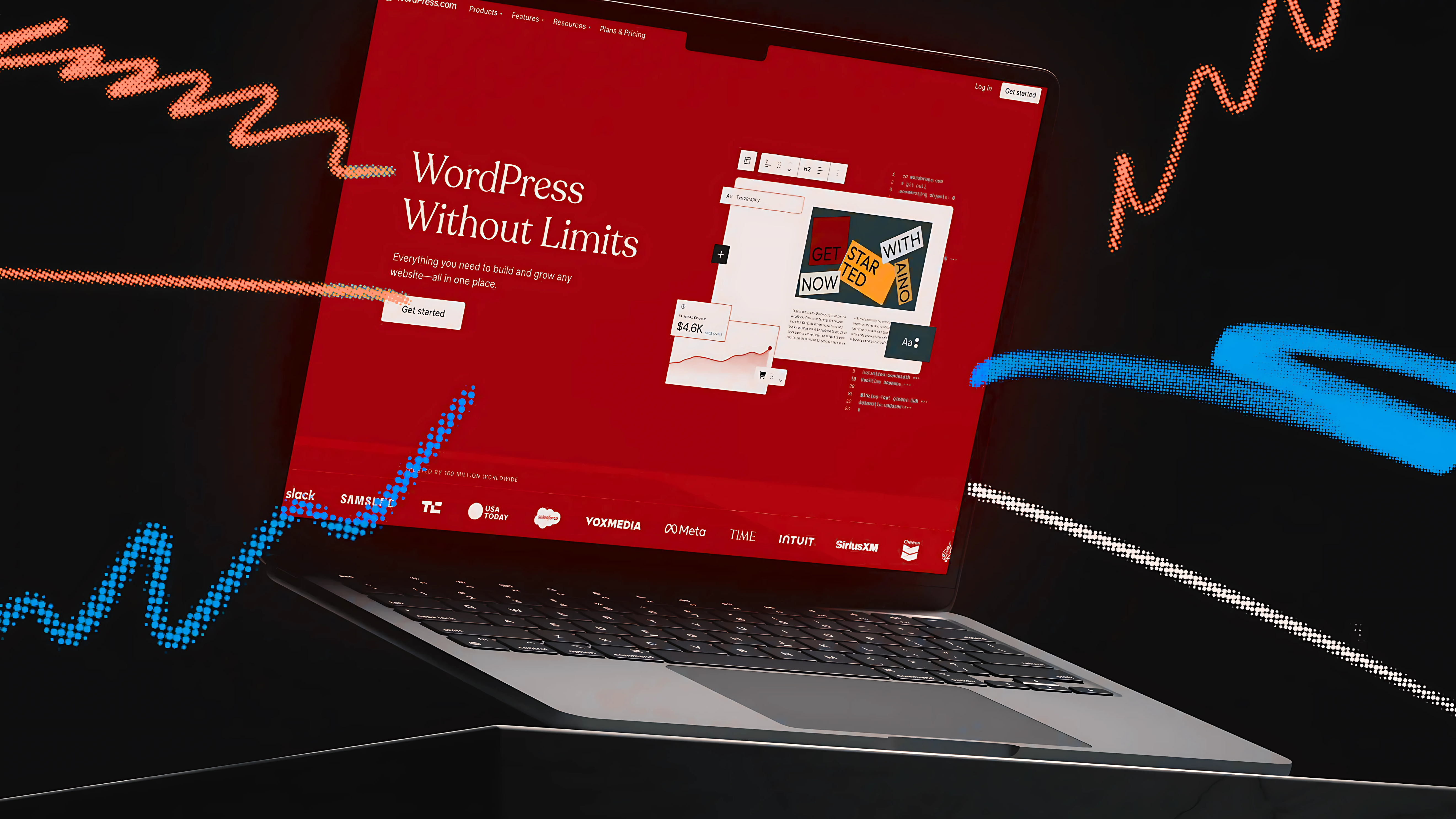The Best Front-End Frameworks for Full Stack Developers in 2025

The role of a full stack developer demands proficiency in both front-end and back-end technologies. While back-end development focuses on server-side logic, databases, and application architecture, the front-end is what directly interacts with users. In 2025, several front- end frameworks are set to dominate the development landscape, offering robust features, scalability, and ease of integration for full stack projects. Here’s a detailed look at the best front- end frameworks for full stack developers in 2025.
React.js
Why It’s Popular :
React continues to be a favorite among developers due to its flexibility and efficiency. Created by Facebook, React is a library (often referred to as a framework) for building user interfaces. Its component-based architecture makes it easy to develop reusable and scalable front-end solutions.
Key Features :
- Virtual DOM for faster rendering.
- Strong community support and a vast ecosystem.
- Compatibility with React Native for mobile app development.
- Seamless integration with back-end frameworks like Express.js in the MERN stack.
Ideal Use Cases :
- Dynamic web applications.
- Real-time dashboards..
- Progressive web apps (PWAs).
Angular
Why It’s Popular:
Angular, maintained by Google, is a comprehensive framework for building single-page applications (SPAs). It offers a complete solution for front-end development, including tools for routing, state management, and API handling.
Key Features :
- Two-way data binding for synchronized updates.
- Dependency injection for modularity and scalability.
- Built-in TypeScript support for better code maintainability.
- ACLI (Angular Command Line Interface) for quick setup and scaffolding.
Ideal Use Cases :
- Enterprise-grade applications.
- Large-scale SPAs with complex workflows.
Vue.js
Why It’s Popular :
Vue.js is celebrated for its simplicity and versatility. It has a gentle learning curve, making it ideal for both beginners and experienced developers. Vue’s ecosystem includes powerful tools like Vuex for state management and Vue Router for navigation.
Key Features :
- Reactive data binding.
- Lightweight and highly performant.
- Easy integration into existing projects.
- Extensive documentation and growing community.
Ideal Use Cases :
- Small to medium-sized applications.
- Projects requiring quick prototyping.
Svelte
Why It’s Popular :
Svelte is a relatively new framework that has gained traction for its innovative approach to front- end development. Unlike traditional frameworks, Svelte shifts much of the work to the build step, resulting in highly optimized JavaScript code.
Key Features :
- No virtual DOM, leading to improved performance.
- Simplicity and minimal boilerplate code.
- Reactive declarations for cleaner state management.
- Smaller bundle sizes for faster load times.
Ideal Use Cases :
- High-performance web apps.
- Applications with limited resources (e.g., IoT).
Next.js
Why It’s Popular :
Though technically a framework built on React, Next.js has emerged as a top choice for server-rendered applications and static site generation. It’s perfect for full stack developers looking to blend front-end and back-end seamlessly.
Key Features :
- Server-side rendering (SSR) and static site generation (SSG).
- Built-in routing and API support.
- Automatic code splitting for faster page loads.
- Comprehensive support for TypeScript and CSS modules.
Ideal Use Cases :
- SEO-friendly applications.
- Jamstack websites.
Qwik
Why It’s Popular :
Qwik is a rising star in the front-end ecosystem. It focuses on delivering instant interactivity by adopting a “resumable” JavaScript model, which minimizes the amount of JavaScript sent to the client.
Key Features :
- Ultra-fast loading times.
- Optimized for large-scale applications.
- Component hydration on demand.
Ideal Use Cases :
- Content-heavy websites.
- Applications requiring instant performance.
Choosing the Right Framework
When selecting a front-end framework, full stack developers must consider :
- Project Requirements: Choose based on the complexity, scalability, and type of application.
- Learning Curve: Consider the team’s familiarity with the framework.
- Ecosystem and Tools: Frameworks with rich ecosystems can save time and effort.
- Performance: Evaluate the framework’s speed and optimization capabilities.
Conclusion :
In 2025, the choice of a front-end framework can significantly impact the success of a full stack development project. React, Angular, and Vue.js remain solid choices for most applications, while Svelte, Next.js, and Qwik cater to more specific needs. Full stack developers should stay updated on these technologies and leverage their unique strengths to build robust, modern applications.
By understanding the strengths and use cases of these frameworks, you’ll be well-equipped to make informed decisions and deliver high-quality solutions.
Recent Posts
Designing for the Future: How UI/UX Will Evolve with Emerging Tech As technology continues to advance at a rapid pace, […]
The Best Front-End Frameworks for Full Stack Developers in 2025 The role of a full stack developer demands proficiency in […]
Why WordPress is Still the Best CMS for Bloggers in 2025 Blogging has come a long way since the early […]
Python vs. Other Programming Languages: What Makes It Stand Out? In the ever-growing world of programming languages, choosing the right […]




